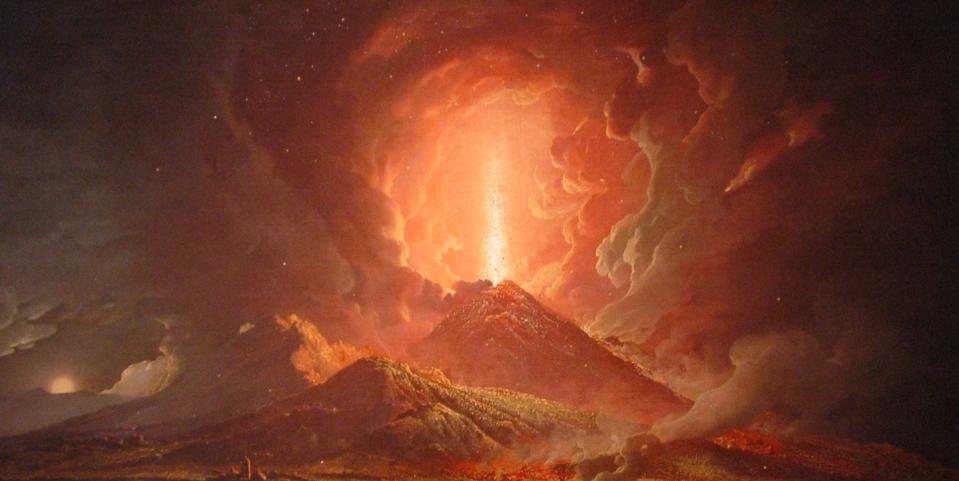Scientists Are Close to Decrypting the Ancient Scrolls Buried by Mt. Vesuvius

The 79 A.D. eruption of Mount Vesuvius buried hundreds of scrolls that researchers now think they can read with AI.
The charred scrolls can't be unrolled, so X-ray images are needed to look at the layers of ink.
A University of Kentucky professor has started a Vesuvius Challenge to attract others to decode the scrolls.
More than 600 scrolls originally buried by the eruption of Mount Vesuvius in 79 A.D. could contain potential treasures from the time ranging from unread poems by Greek poet Sappho to early Christian philosophy. But, as of yet, we can’t read them because the scrolls are charred shut.
Researchers hope that the use of artificial intelligence—and the incentive of $250,000 in prize money—will unlock insight into the contents of two specific scrolls.
The eruption of Mount Vesuvius killed thousands in Pompeii and Herculaneum. It also, in a way, froze time for those cities. The heat of the eruption carbonized many scrolls, including two—now housed at the Institut de France—that were unearthed in the 1750s excavation of a villa some believe was owned by Julius Caesar’s father-in-law. While most ancient texts from that day succumb to decay, these scrolls have not.

 Yahoo Autos
Yahoo Autos 